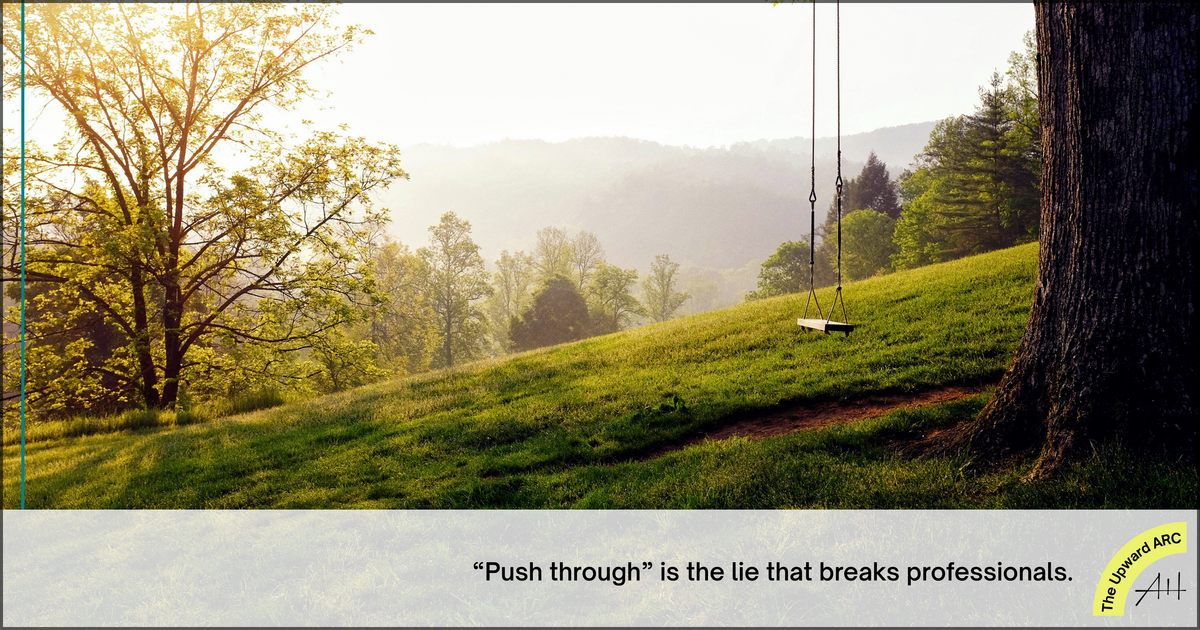Breaking News: The Performance Edge Hidden in Adversity
Grief isn’t just emotional. It’s biological. Adversity hijacks your brain, wrecks decision-making, and compounds if ignored. But handled strategically, it can upgrade performance. Resilience isn’t bouncing back. It’s integrating pain into power. That’s the real advantage.

This post is for members only
Already have an account? Sign in.
